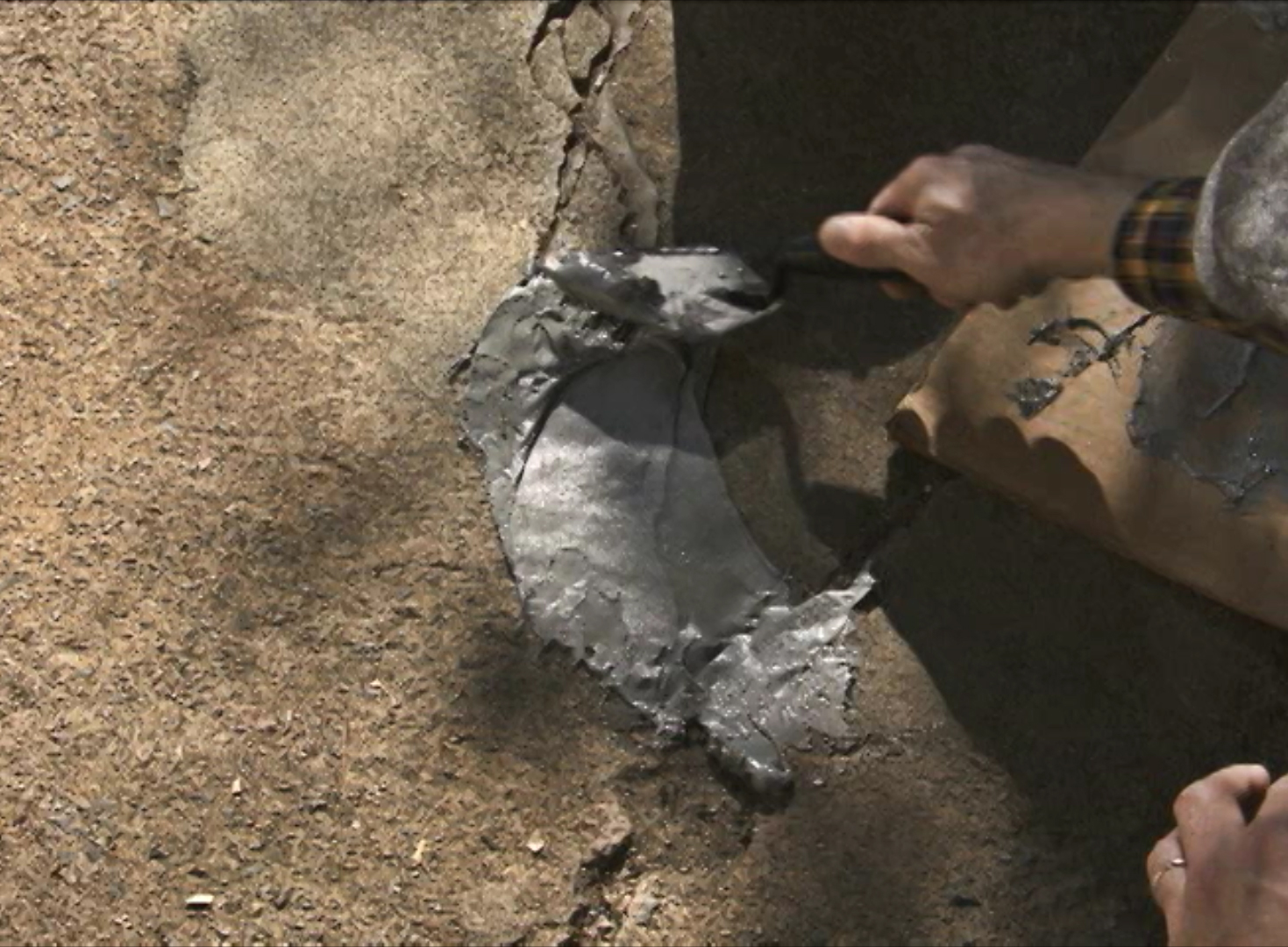I remember the day vividly. I was a young homeowner, eager to make my mark on my first property. As I surveyed my backyard, my eyes fell on the cement wall that divided my yard from my neighbor’s. Cracks snaked across its surface, marring its once-pristine appearance. I knew I had to fix it, but where would I start?

Image: www.pcepoxy.com
Undeterred, I embarked on a journey to learn everything I could about cement wall repair. Through countless hours of research and hands-on experience, I’ve compiled a comprehensive guide to help you fix your cement wall like a pro. So, roll up your sleeves, grab your tools, and let’s get started.
Assessing the Damage
Before you start repairing your cement wall, it’s crucial to assess the damage accurately. This will help you determine the best approach and materials for the job. Here are some key things to look for:
- Cracks: Cracks are common in cement walls and can range from hairline fissures to gaping chasms. The size and depth of the crack will determine the repair method you choose.
- Holes: Holes can be caused by punctures, impact, or corrosion. They can be small or large and may require patching or replacing the affected section of the wall.
- Spalling: Spalling occurs when chunks of cement break off the wall, revealing the underlying layers. This can be caused by moisture penetration, freeze-thaw cycles, or structural defects.
Repairing Cracks
Cracks are the most common type of cement wall damage and can be repaired using a variety of methods. For hairline cracks, a simple crack filler may suffice. For larger cracks, you may need to use an epoxy injection or a hydraulic cement patch. The key is to fill the crack completely and prevent it from expanding.
Patching Holes
Holes in a cement wall can be patched using a variety of materials, including hydraulic cement, concrete mix, or epoxy. The choice of material will depend on the size and location of the hole. For small holes, a simple patch may be sufficient. For larger holes, you may need to cut out the damaged section and replace it with a new piece of cement.

Image: moonbackuper.weebly.com
Addressing Spalling
Spalling requires a more involved repair process. First, you need to remove the loose and damaged cement using a hammer and chisel. Once the area is clean, you can apply a bonding agent to the surface. Next, fill the affected area with a hydraulic cement patch or concrete mix and smooth it out. Finally, apply a sealant to protect the repaired area from moisture penetration.
Expert Tips and Advice
Here are some tips from experienced contractors to help you with your cement wall repair project:
Use a cold chisel to remove loose or damaged concrete rather than a hammer.
Use a bonding agent to ensure a strong bond between the old and new concrete.
Apply a sealant to the repaired area to protect it from moisture and weather damage.
If the damage is extensive or structural, consider consulting with a professional contractor.
By following these steps and tips, you can repair your cement wall and restore it to its former glory. Remember, with a little patience and elbow grease, you can tackle any home repair project with confidence.
How To Fix Cement Wall
https://youtube.com/watch?v=8GIKFD2VkOE
Frequently Asked Questions
Q: What causes cracks in cement walls?
A: Cracks can be caused by a variety of factors, including structural movement, temperature changes, moisture penetration, and settlement.
Q: Can I repair cement wall damage myself?
A: Yes, many cement wall repairs can be done by homeowners with basic DIY skills. However, for extensive or structural damage, it’s recommended to consult with a professional contractor.
Q: What is the best material for patching holes in cement walls?
A: The best material for patching holes in cement walls depends on the size and location of the hole. For small holes, a simple patch may be sufficient. For larger holes, you may need to use a hydraulic cement patch or concrete mix.
Q: How do I prevent moisture penetration in cement walls?
A: You can prevent moisture penetration in cement walls by applying a sealant to the surface. A sealant will create a waterproof barrier that will prevent water from seeping into the cement and causing damage.
Interested in learning more about cement wall repair? Share your questions or experiences in the comments below.